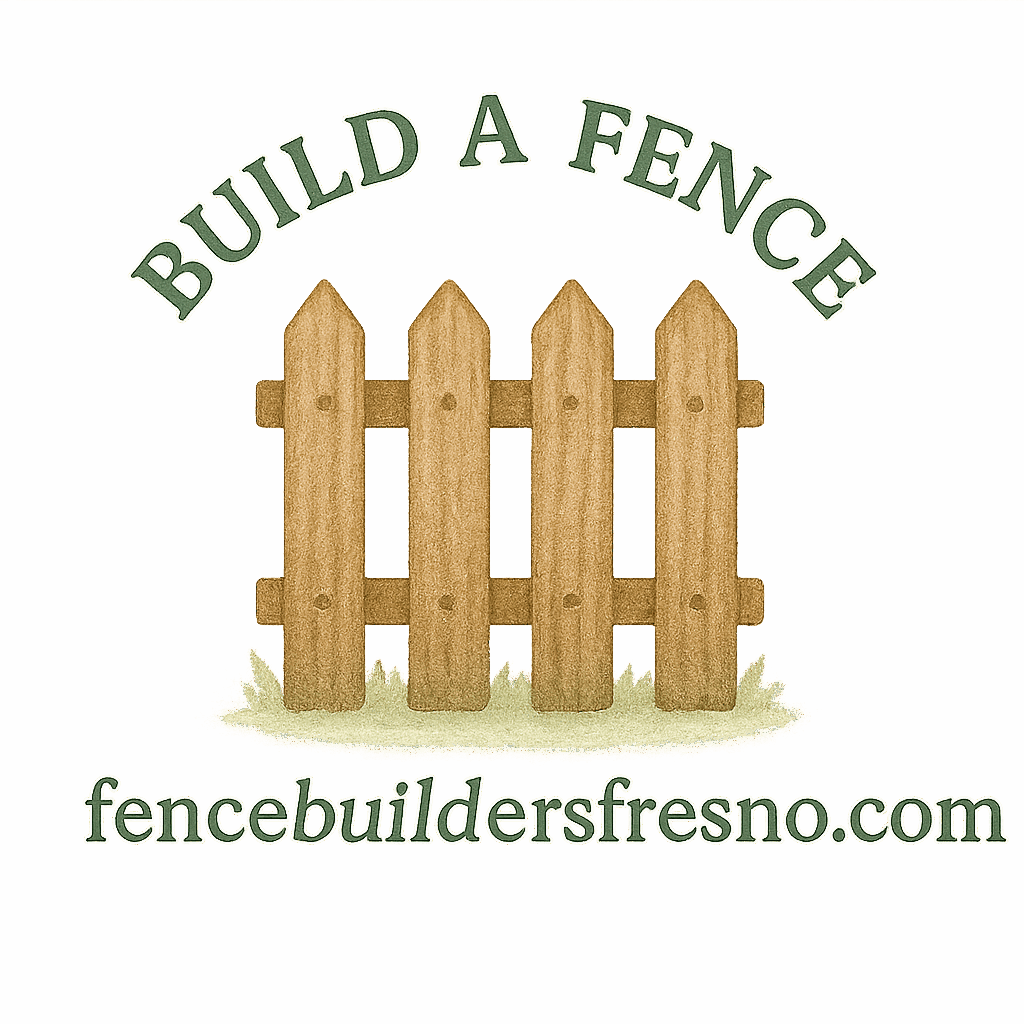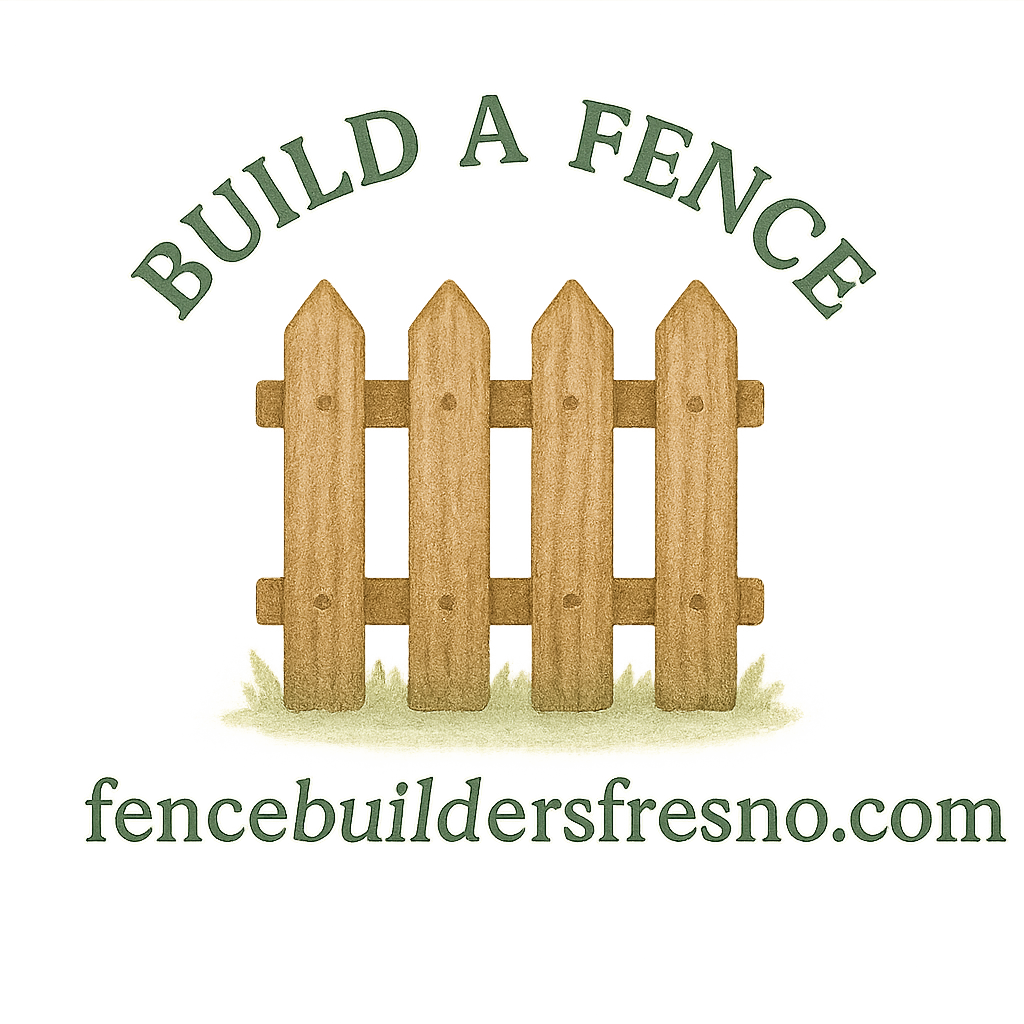Introduction
Thinking about building your own fence? DIY fencing is one of those projects that can completely transform your property. But here’s the truth: a fence isn’t just some posts and panels stuck in the ground—it’s about planning, precision, and patience. If you want a fence that looks great and lasts for years, proper planning and execution are everything. In this guide, we’ll cover 12 pro tips for DIY fencing planning and installation so you can build a fence you’ll be proud of. For basics, you can check out this detailed fence building guide.
Why DIY Fencing Planning Matters
Saving Money and Time
Sure, you could hire a contractor, but let’s be real—DIY saves big bucks. Plus, you set your own schedule, meaning you don’t have to wait weeks for someone else to start the job.
Customizing to Your Needs
DIY lets you choose every detail—from height and material to design accents. It’s like tailoring a suit, but for your yard. Need design inspiration? Explore fence design and planning tips.

Tip 1: Define Your Purpose Clearly
Privacy vs. Aesthetic Appeal
Ask yourself—are you building for privacy, or just to make your yard pop? A tall wooden fence gives you seclusion, while a decorative picket fence adds charm. You can browse more about decorative fence ideas.
Security and Safety Considerations
Got pets or kids? A strong, tall fence keeps them safe inside. If security is the main goal, go with chain link or metal for durability.
Tip 2: Understand Property Lines and Legal Rules
Avoiding Fence Encroachment Issues
Nothing ruins neighborly love faster than a fence fight. Before digging, check your property lines. A land survey might save you from legal headaches. For details, see property line considerations.
Local Permits and Regulations
Many cities require a permit for fence installation. Check with your local office—skipping this step could mean fines or even tearing down your brand-new fence. Learn more about legal and property considerations.
Tip 3: Choose the Right Fence Type
Wood Fence for Traditional Appeal
Wood is timeless, but it needs upkeep. Staining or sealing is a must. Read more about wood fence care.
Vinyl Fence for Low Maintenance
Vinyl is the modern favorite—easy to clean, durable, and long-lasting. Learn why many homeowners choose a vinyl fence.
Metal or Chain Link for Security
If safety trumps looks, chain link or wrought iron are solid bets.
Tip 4: Measure Twice, Buy Once
Accurate Measurements Save Money
Mis-measure and you’ll overspend on materials. Always double-check.
Using Tools for Precision
A laser level or chalk line will keep your posts and panels straight.
Tip 5: Invest in Quality Materials
Durability Over Cheap Alternatives
That bargain-bin wood might look good now, but give it a season and you’ll regret it.
Weather-Resistant Options
Pressure-treated wood, galvanized metal, or UV-resistant vinyl will handle the elements much better. Compare fence types and durability.
Tip 6: Plan Your Fence Design
Matching Your Home’s Aesthetic
Your fence should complement your house. A modern home pairs well with sleek vinyl, while a cottage begs for a picket fence.
Decorative Fence Ideas
Lattice tops, post caps, and even lighting can add flair. More ideas at fence design planning.
Tip 7: Prepare the Ground Properly
Clearing Obstacles
Remove rocks, roots, and debris. Otherwise, your posts won’t sit right.
Leveling the Installation Area
A sloped yard? Consider stepping your fence or using a racked design.
Tip 8: Set Strong Fence Posts
Importance of Depth and Stability
Posts are the backbone of your fence. Too shallow, and the whole thing wobbles. Get expert advice from fence installation guides.
Using Concrete for Longevity
Concrete secures posts against shifting soil and heavy winds.
Tip 9: Use the Right Tools for the Job
Essential DIY Fencing Tools
Post-hole digger, level, drill, saw, and hammer—you’ll need them all.
Safety Equipment
Don’t forget gloves, goggles, and ear protection. For more details, see DIY fencing safety precautions.
Tip 10: Install Panels with Precision
Aligning Panels Properly
Keep them straight and even—it’s the difference between professional and amateur.
Securing with Strong Fasteners
Use corrosion-resistant screws or nails for longevity.
Tip 11: Consider Long-Term Maintenance
Wood Fence Care
Clean, seal, and check for rot regularly. Explore wood fence upkeep tips.
Vinyl and Metal Upkeep Tips
Vinyl only needs soap and water. Metal may require rust-proof coating. Learn more at fence maintenance and repair.
Tip 12: Add Finishing Touches
Painting, Staining, and Sealing
A good finish not only looks great but protects your fence.
Enhancing Curb Appeal
Think solar lights, climbing plants, or decorative caps. Discover front yard fence ideas.
Common Mistakes to Avoid in DIY Fencing
Skipping Permits and Inspections
Never assume—you might end up rebuilding your fence.
Ignoring Drainage and Soil Conditions
Poor drainage rots wood and weakens posts. Avoid common pitfalls with this fence guide.
Cost-Saving Tips for DIY Fencing Projects
Reusing Old Materials
Old posts or panels can be repurposed for smaller sections.
Buying in Bulk
Suppliers often give discounts for larger purchases. More tips at low-maintenance fencing ideas.
Safety Precautions for DIY Fence Installation
Protective Gear
Gloves, safety glasses, and steel-toe boots are essentials.
Safe Tool Handling
Keep tools sharp and use them properly—accidents happen when you cut corners. Check DIY fencing safety.
Conclusion
Building your own fence isn’t just about hammering boards together. It’s about smart planning, the right materials, and careful installation. Follow these 12 pro tips, and you’ll end up with a sturdy, stylish fence that boosts your home’s value and makes your outdoor space more enjoyable. Whether it’s for privacy, security, or simply curb appeal, your DIY fence will be a project worth every drop of sweat.
FAQs
What is the cheapest fencing option for DIY projects?
Chain link is often the most affordable option, though it’s more about function than looks.
How deep should fence posts go?
Typically, at least one-third of the post’s length should be underground. Learn more from fence installation tips.
Can I install a fence without concrete?
Yes, but concrete adds much-needed stability, especially in soft soil.


